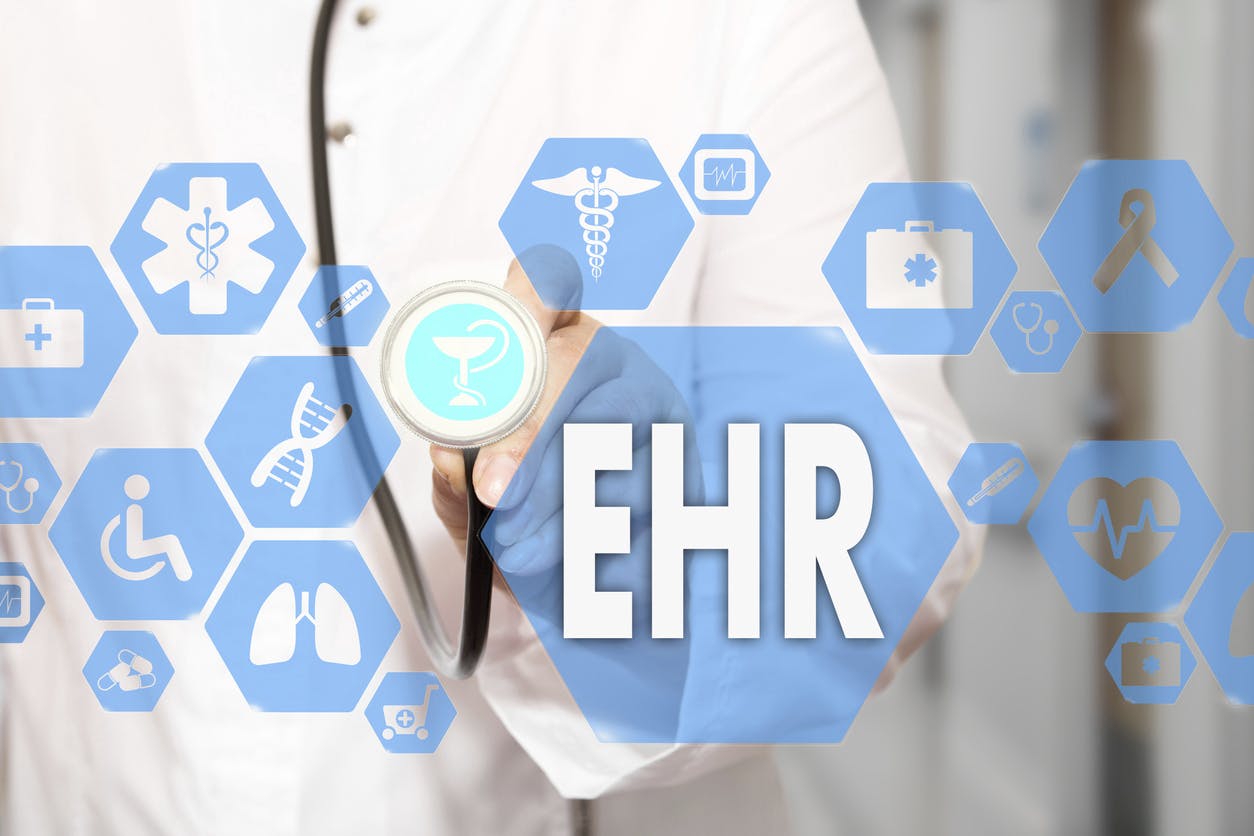Industry’s Role for Interoperability in Common Health Record
Health leaders at DOD and VA are working through transforming processes ahead of the new federal electronic health record.

Interoperability across federal and private sector health care providers is among the Federal Electronic Health Record Program’s objectives and getting there is going to take ongoing efforts through collaboration, data sharing and change management, federal leaders said during an industry roundtable last week.
FEHRM is working to implement a single, common federal EHR between the departments of Defense and Veterans Affairs as well as their community care providers. Last year, the office launched the joint health information exchange, which was a key step toward interoperability that allows DOD and VA providers to share and access clinical information from private sector providers.
With implementation of DOD’s EHR, MHS Genesis, about 30% complete, the office is working on getting the infrastructure in place across military treatment facilities and implementing data standards to prepare for interoperability and further enhance health care, said Defense Healthcare Management Systems Acting Program Executive Officer Holly Joers.
“Optimization and efficiency requires data. We’re starting to see that transformation, and I’m excited about getting those essentials in place, and then we can start to leverage the power of that data to make better informed decisions,” Joers said.
Meanwhile, VA has paused rolling out its EHR while new leadership conducts a systemic review of its progress.
Collaboration with federal and industry partners will be key to all these ongoing efforts especially with the interoperability component, said VA Office of Electronic Health Record Modernization Executive Director John Windom.
“[EHR modernization] is going to be predicated on our ability to partner, team and unite in our efforts toward this common cause,” Windom said. “People want to provide the best care they can. We’re just providing a tool to enhance that care.”
Change management is another major factor, Joers said. This priority encompasses culture and process, all of which rely on the people.
“It’s about leading through that change, it’s not something that we can buy,” she said. “It’s daily interactions and reinforcement.”
FEHRM is currently working with industry to further streamline data services to make EHR data more accessible. FEHRM Director Bill Tinston noted a 65% connection interface rate with commercial providers and is working to increase that to 99%.
“This needs to be patient focused and about providing access to the patient and their information so that they can get the best health care they possibly can,” Tinston added.
“These aren’t technical problems,” Tinston said. “All of these things related to technology are about people, leadership and collaboration. When you look at the role of the modern CIO in large enterprises, their job is to get a common agreement on goals.”
This is a carousel with manually rotating slides. Use Next and Previous buttons to navigate or jump to a slide with the slide dots
-

DOD Has a New Cyber Resiliency Assessment Program
Defense officials tout the continuous assessment feature and scalability of the new program amid increased cyber threats.
5m read -

Transitioning Systems for Modern Agency Missions
IT modernization is a constant process necessary for improving customer service, mission delivery and collaboration.
40m watch -

Cyber Resilience and Recovery Amid Evolving Cyber Threats
Data durability is a key aspect of NIST’s cybersecurity framework for public and private organizations.
21m listen -

How Tech Enables Environmental Justice at EPA
The agency wants to eliminate bias and establish new tech standards to reduce greenhouse gas emissions.
39m listen








